Bently Nevada 990-10-XX-01-05: Vibration Transmitter for Machinery Condition Monitoring
Product Description
The Bently Nevada 990-10-XX-01-05 is a precision-engineered vibration transmitter, designed to convert raw vibration signals from industrial sensors into standardized outputs for machinery condition monitoring. As a key component in Bently Nevada’s portfolio of predictive maintenance tools, this transmitter interfaces with accelerometers and velocity sensors, processing vibration data to deliver real-time, actionable insights. It converts analog sensor signals into industry-standard 4–20 mA outputs proportional to vibration amplitude (RMS velocity or peak acceleration), enabling seamless integration with PLCs, SCADA systems, and data loggers. Compact, rugged, and easy to configure, it bridges the gap between field sensors and control systems, supporting both machinery protection and performance optimization in industrial environments.
Product Parameters
|
Parameter
|
Specification
|
|
Transmitter Type
|
Vibration signal conditioner/transmitter
|
|
Input Sensor Types
|
Accelerometers (IEPE) and velocity sensors (piezoelectric)
|
|
Measurement Parameter
|
RMS velocity (0–50 mm/s) or peak acceleration (0–20 g)
|
|
Output Signal
|
4–20 mA DC (proportional to vibration amplitude)
|
|
Power Supply
|
12–30 VDC (loop-powered)
|
|
Accuracy
|
±1% of full scale (typical)
|
|
Frequency Response
|
1 Hz to 10 kHz (velocity mode); 1 Hz to 20 kHz (acceleration mode)
|
|
Input Impedance
|
10 kΩ (for accelerometer input)
|
|
Output Load Capacity
|
Up to 1,000 Ω (including cable resistance) at 30 VDC
|
|
Operating Temperature
|
-40°C to +85°C (-40°F to +185°F)
|
Product Specifications
- Dimensions: Compact design with dimensions of 45 mm (width) × 110 mm (height) × 80 mm (depth) (1.8 in × 4.3 in × 3.1 in), suitable for installation in tight spaces near machinery.
- Weight: Lightweight at approximately 250 grams (0.55 lbs), minimizing structural load during mounting.
- Housing Material: Anodized aluminum alloy with IP66-rated enclosure, resistant to dust, water spray, and industrial chemicals.
- Mounting Options: DIN-rail mount (35 mm standard) or panel mount via optional brackets, offering flexibility for diverse installation layouts.
- Electrical Connections: Screw-terminal blocks for secure sensor input and output wiring, with strain relief to prevent cable damage.
- Calibration: Factory-calibrated with field-adjustable zero and span via potentiometers, simplifying on-site fine-tuning.
- Certifications: Complies with IEC 61010-1 (electrical safety), IEC 61326-1 (EMC), and ATEX Zone 2 for hazardous area operation.
Series
The 990-10-XX-01-05 is part of Bently Nevada’s 990 series, a family of industrial transmitters focused on reliable signal conversion for machinery monitoring. The 990 series complements the company’s 3500 and 9200 series by providing cost-effective, standalone solutions for applications requiring direct integration with PLCs or SCADA systems—without the need for complex rack-mounted monitoring systems. Renowned for ruggedness and ease of use, the series supports diverse sensor types and output protocols, making it a versatile choice for industries prioritizing simplicity and affordability in condition monitoring.
Features
Sensor Versatility
Compatible with accelerometers (IEPE) and velocity sensors, enabling monitoring of vibration in both low-speed (e.g., pumps) and high-speed (e.g., turbines) machinery.
Standardized Output
4–20 mA DC output proportional to vibration amplitude ensures seamless integration with legacy and modern control systems, simplifying data aggregation.
Wide Operating Range
-40°C to +85°C temperature tolerance and IP66 enclosure rating ensure reliability in harsh environments, from freezing industrial freezers to high-heat manufacturing plants.
Field-Adjustable Calibration
User-accessible zero and span potentiometers allow on-site calibration adjustments, accommodating sensor variations or application-specific requirements.
Robust Signal Conditioning
Built-in filtering and noise reduction algorithms minimize electrical interference, ensuring accurate vibration measurement even in electrically noisy industrial settings.
Function
The primary function of the 990-10-XX-01-05 is to convert analog vibration signals from sensors into standardized 4–20 mA outputs. When mounted near rotating machinery, accelerometers or velocity sensors detect vibration and generate low-level electrical signals. The transmitter conditions these signals—filtering noise, amplifying weak inputs, and converting them into a 4–20 mA current loop output, where 4 mA corresponds to 0% vibration amplitude and 20 mA corresponds to full-scale (e.g., 50 mm/s RMS). This output is transmitted to PLCs, DCS, or data loggers, enabling real-time monitoring, alarm triggering, and historical trend analysis of machinery health.
Use
Installed near monitored equipment (e.g., motor bearings, pump housings), the transmitter connects to a vibration sensor via shielded cable. Technicians secure the unit to a DIN rail or panel, wire the sensor input and 4–20 mA output to the control system, and apply power (12–30 VDC). Factory calibration ensures accuracy, but field adjustments via potentiometers allow fine-tuning for specific vibration ranges. The transmitter continuously processes signals, providing a steady output that reflects machinery vibration levels. Operators use this data to set thresholds for alarms, triggering maintenance alerts when vibration exceeds normal limits.
Application Fields
Power Generation
Monitors vibration in auxiliary equipment such as boiler feed pumps, cooling tower fans, and induced draft fans, supporting predictive maintenance to avoid unplanned outages.
Oil and Gas
Transmits vibration data from pipeline pumps, reciprocating compressors, and wellhead motors, enabling remote monitoring of assets in remote or hazardous locations.
Manufacturing
Integrates with CNC machines, conveyor motors, and hydraulic presses, providing real-time vibration insights to reduce downtime in production lines.
Water and Wastewater
Monitors submersible pumps, aerators, and blower motors, detecting bearing wear or impeller imbalance to prevent sewage treatment disruptions.
Chemical Processing
Supports vibration monitoring of agitators, centrifuges, and mixer motors, ensuring equipment reliability in corrosive environments with strict safety requirements.
In summary, the Bently Nevada 990-10-XX-01-05 is a robust vibration transmitter that bridges field sensors and industrial control systems. Its versatility, rugged design, and standardized output make it essential for industries seeking cost-effective, reliable solutions to monitor machinery health and enable proactive maintenance.



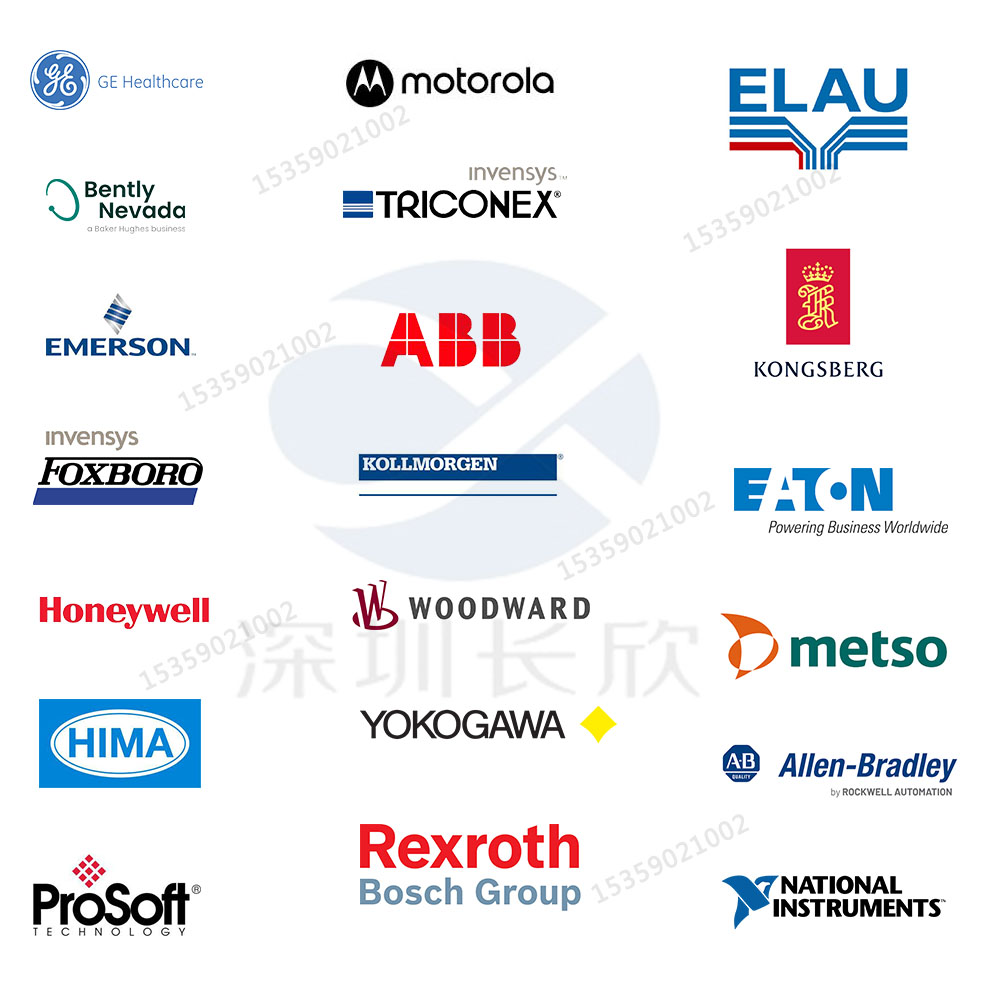
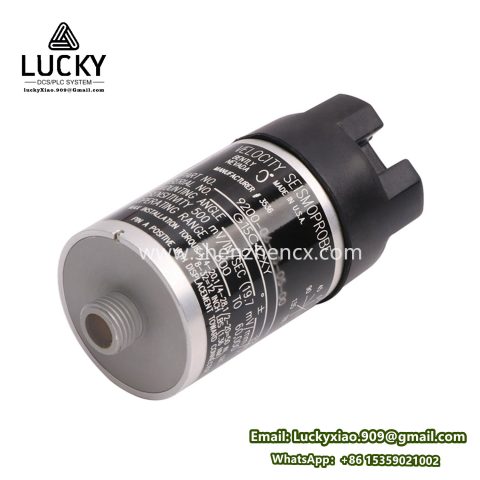
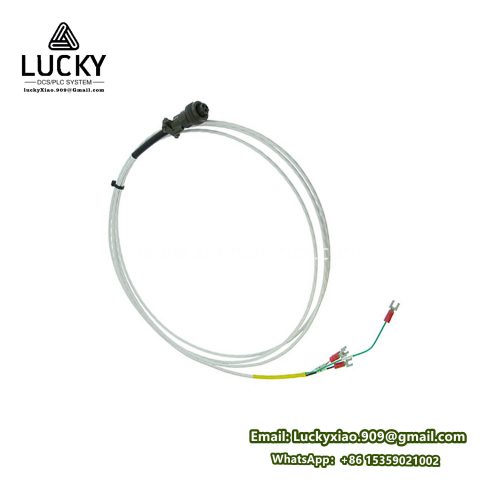
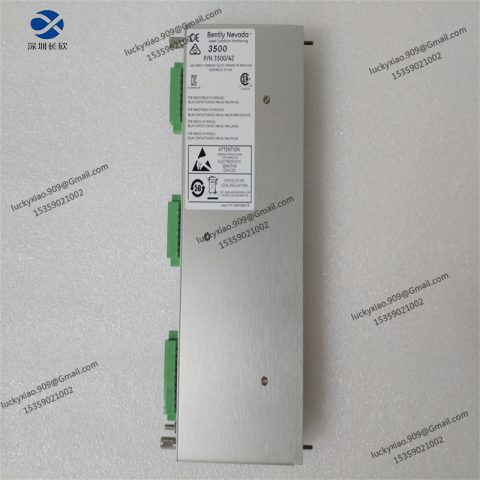
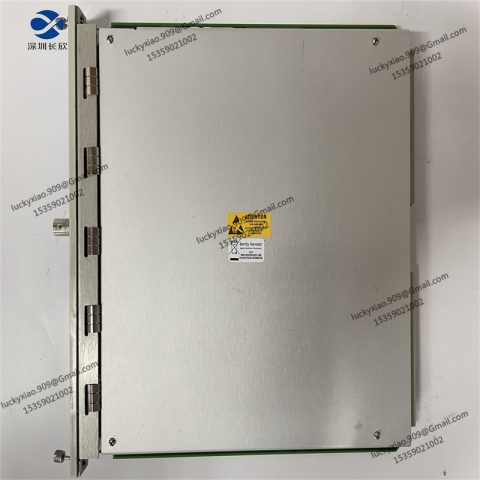
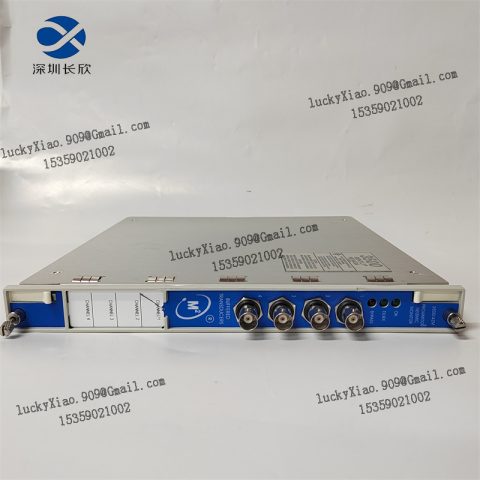
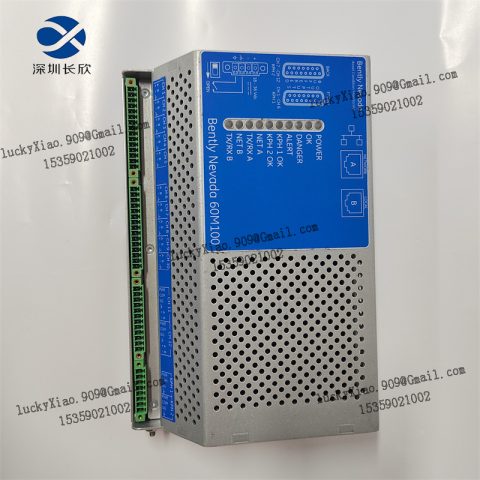
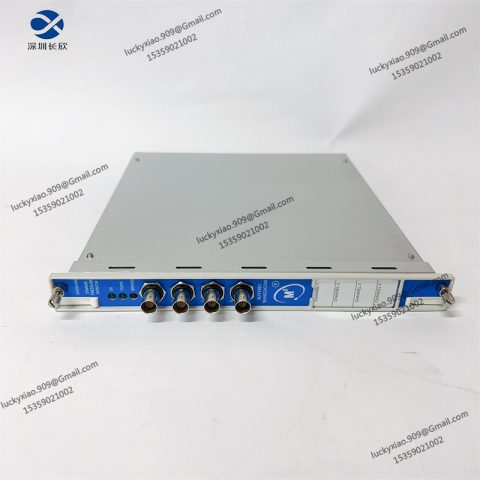
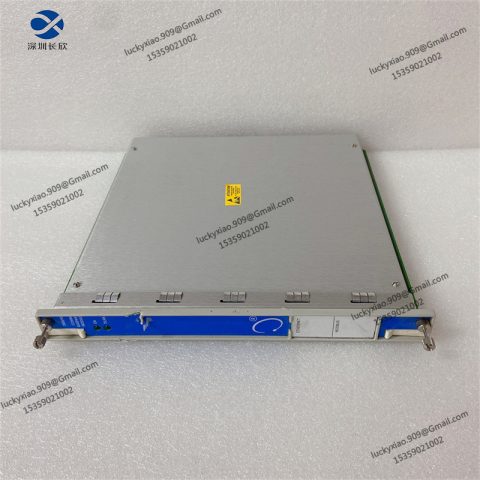
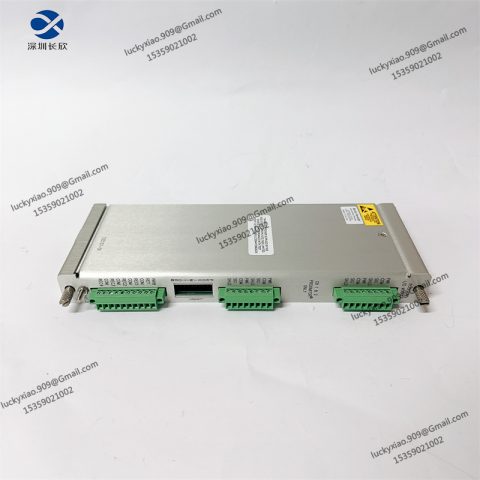
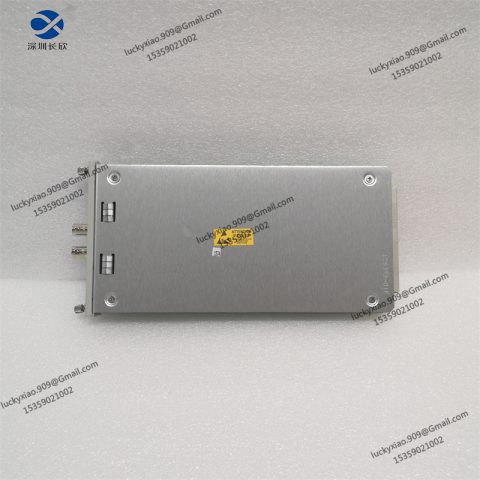
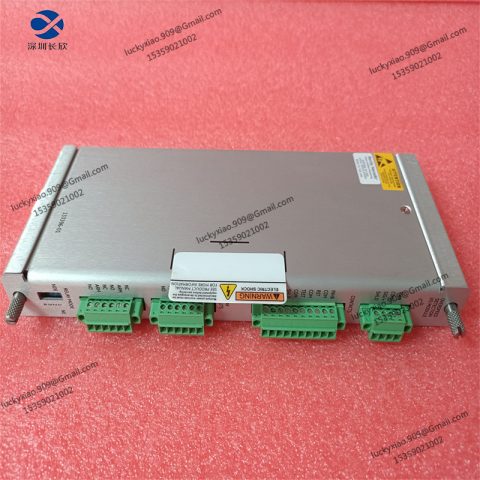
There are no reviews yet.